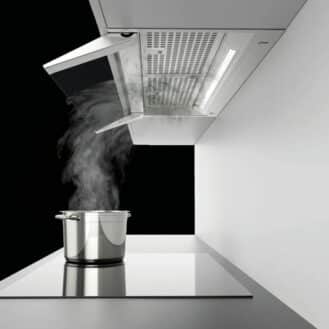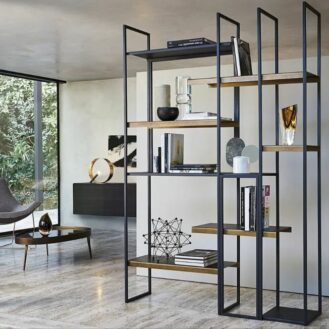Commercial coffee machines are suitable for businesses such as restaurants and large offices. When choosing a machine for a commercial setting, you’ll need to consider the quality of coffee required, the level of demand, the overall budget and the cost of the machine as well as its maintenance.

EGRO Fully-automatic Coffee Machine
The quality of the coffee produced: If your machine is for a high end-coffee shop, bar or restaurant, it may be important to have a high-precision manual or semi-automatic machine so that baristas can take into account an individual customer’s requests. For workplaces, an easy-to-use capsule machine or a drip filter coffee machine could be sufficient. For self-service, or high-traffic places such as canteens, service stations or airports, a fully automated coffee machine with a payment system might be more appropriate.
The level of demand: Consider the number of cups of coffee that need to be produced on an average day, as well as the number per hour during busy periods when making your choice. Filter coffee machines can produce a certain number of cups per hour while an automatic machine can produce a beverage in a matter of seconds.
Machine quality and precision: Make sure that the coffee machine has the necessary specifications for your needs. These include the maximum pressure, temperature consistency, the quality of the components and the ease of use.
Guarantees, warranties and maintenance: Consider the length of validity of the warranty and guarantee. A coffee machine can typically last from 2 to 15 years, depending on the quality. For restaurants and coffee shops, a machine that’s out of order can have a significant impact on sales. Therefore, make sure to plan for the maintenance of your machines.












